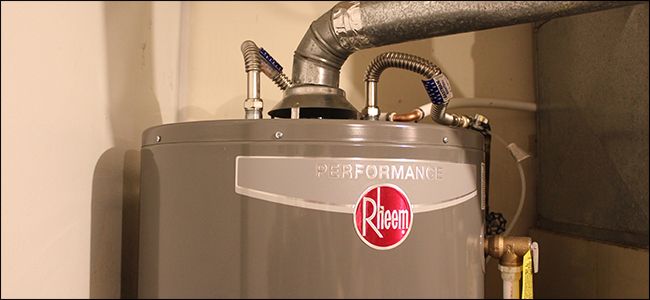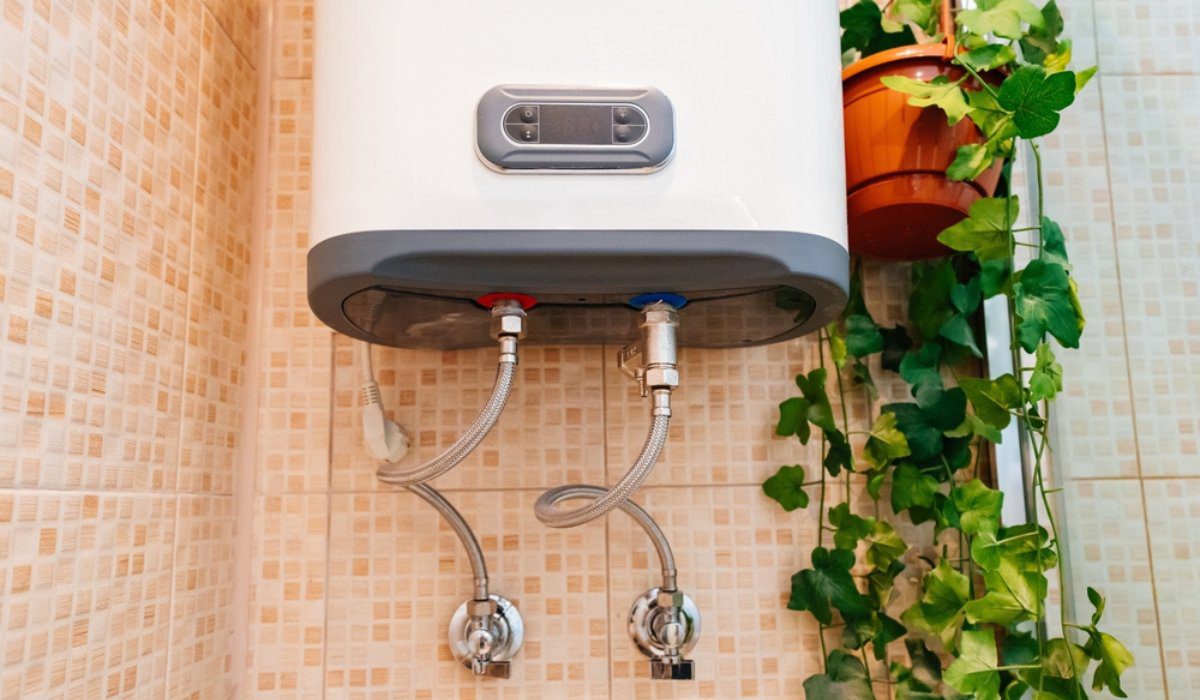Are you currently looking for advise about How to Maintain Your Water Heater & Prolong its Life?

Hot water is essential for daily convenience, whether it's for a revitalizing shower or washing dishes. To ensure your warm water system runs successfully and lasts longer, regular maintenance is vital. This post offers useful tips and understandings on exactly how to preserve your home's hot water system to stay clear of interruptions and pricey repair services.
Introduction
Maintaining your home's warm water system may seem overwhelming, but with a couple of simple actions, you can guarantee it operates efficiently for years ahead. This guide covers whatever from recognizing your hot water system to DIY upkeep tips and understanding when to call in expert aid.
Importance of Preserving Your Warm Water System
Normal maintenance not just extends the life expectancy of your warm water system yet also ensures it runs efficiently. Overlooking maintenance can cause lowered efficiency, higher power bills, and even premature failing of the system.
Indicators Your Hot Water System Requirements Upkeep
Recognizing when your hot water system needs interest can protect against major issues. Watch out for indicators such as irregular water temperature, unusual noises from the heating system, or rusty water.
Flushing the Hot Water Heater
Purging your hot water heater removes sediment accumulation, enhancing effectiveness and lengthening its life.
Monitoring and Replacing Anode Rods
Anode rods avoid rust inside the storage tank. Checking and changing them when broken is critical.
Complex Issues Requiring Expert Assistance
Examples include major leaks, electrical issues, or if your hot water heater is constantly underperforming.
Routine Specialist Upkeep Perks
Professional maintenance can consist of complete evaluations, tune-ups, and guaranteeing compliance with safety and security requirements.
Examining and Adjusting Temperature Level Setups
Adjusting the temperature level setups guarantees optimal performance and safety.
Do It Yourself Tips for Maintenance
You can perform numerous maintenance jobs on your own to keep your warm water system in top condition.
Looking for Leaks
Regularly check pipes and links for leaks, as these can lead to water damages and greater expenses.
Understanding Your Warm Water System
Before diving right into upkeep jobs, it's useful to understand the standard parts of your hot water system. Generally, this consists of the hot water heater itself, pipes, anode rods, and temperature level controls.
Regular Monthly Maintenance Tasks
Normal month-to-month checks can assist catch small problems before they rise.
Evaluating Pressure Alleviation Valves
Evaluating the pressure safety valve ensures it works correctly and avoids excessive stress accumulation.
Shielding Pipelines
Insulating warm water pipes lowers warm loss and can save power.
When to Call a Professional
While do it yourself maintenance is beneficial, some problems call for professional competence.
Verdict
Regular upkeep of your home's warm water system is essential for effectiveness, long life, and cost savings. By complying with these pointers and knowing when to seek expert assistance, you can make certain a dependable supply of hot water without unforeseen disturbances.
Water Heater Maintenance: The Basics
Maintaining your water heater will ensure it operates efficiently and has a longer lifespan. Neglecting regular maintenance can lead to costly repairs and an even bigger chunk of your savings if you have to replace it sooner than necessary. But there’s good news: Most water heater maintenance tasks are relatively simple and easy for homeowners with basic DIY skills.
Flush the Water Heater
Over time, sediment and minerals can build up in the tank, reducing its efficiency and potentially causing damage. To flush the tank, turn off the power or gas supply, attach a hose to the drain valve near the bottom and open the valve to drain the water until it runs clear. Ideally, flush the tank annually.
Replace the Anode Rod
The anode rod is a sacrificial metal rod that helps prevent corrosion inside the tank. Inspect and replace it every three to five years or per the manufacturer's recommendation. To replace the anode rod, turn off the power or gas supply, drain a few gallons of water from the tank, unscrew the old rod and replace it with a new one. If the anode rod is significantly corroded or covered in calcium buildup, it's a sign the water heater may need to be replaced soon.
Tune-Up
A yearly tune-up can help identify potential issues and ensure your water heater operates at peak efficiency. This typically involves checking the thermostat, burner assembly (for gas heaters) and any other components specified by the manufacturer. During a tune-up, the technician may also clean the burner and adjust the pilot light (for gas heaters) or examine the heating elements (for electric heaters).
How to Maintain Your Water Heater
Insulate the tank. Insulating the tank can improve energy efficiency and reduce heat loss, saving you money on energy bills. You can purchase precut insulation blankets designed specifically for water heaters or use standard fiberglass insulation wrapped securely around the tank. Check the temperature. The recommended water temperature for most households is around 120 degrees Fahrenheit (49 degrees Celsius). Higher temperatures can increase energy costs and potentially cause scalding. Use a kitchen thermometer to check the temperature at the faucet nearest the water heater. Monitor water pressure. Excessive water pressure can strain the water heater and cause leaks or even tank failure. Install a pressure-reducing valve if necessary. The ideal water pressure range is between 60 and 70 PSI (pounds per square inch). Test the temperature and pressure (T&P) relief valve. The T&P relief valve is a safety feature that releases pressure if the tank gets too hot or the pressure builds up too high. Test it annually by lifting the lever and allowing a small amount of water to release. Replace the valve if it doesn't release water or reseal properly. Check for leaks. Regularly inspect the tank, pipes and fittings for leaks or corrosion. Deal with issues promptly to prevent further damage. Even a small leak can lead to significant water damage over time. Consider a tankless water heater. If your traditional tank-style water heater is nearing the end of its lifespan ( typically 10 years), consider replacing it with a tankless water heater. These units heat water on demand, reducing standby energy losses and potentially saving you money on your energy bills. Schedule professional maintenance. While homeowners can perform many water heater maintenance tasks, it's still a good idea to schedule professional maintenance every few years. A plumber or HVAC technician can thoroughly inspect the unit, identify potential issues and ensure it operates safely and efficiently. https://www.homeserve.com/en-us/blog/home-improvement/hot-water-heater-maintanence/

Do you enjoy reading about Water Heater Maintenance Tips You Can't Afford to Forget? Put feedback below. We'd be delighted to know your responses about this blog entry. In hopes that you come back again before long. So long as you appreciated our blog posting please remember to pass it around. I praise you for your time. Return soon.
Click Here